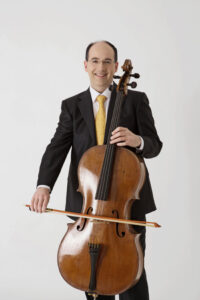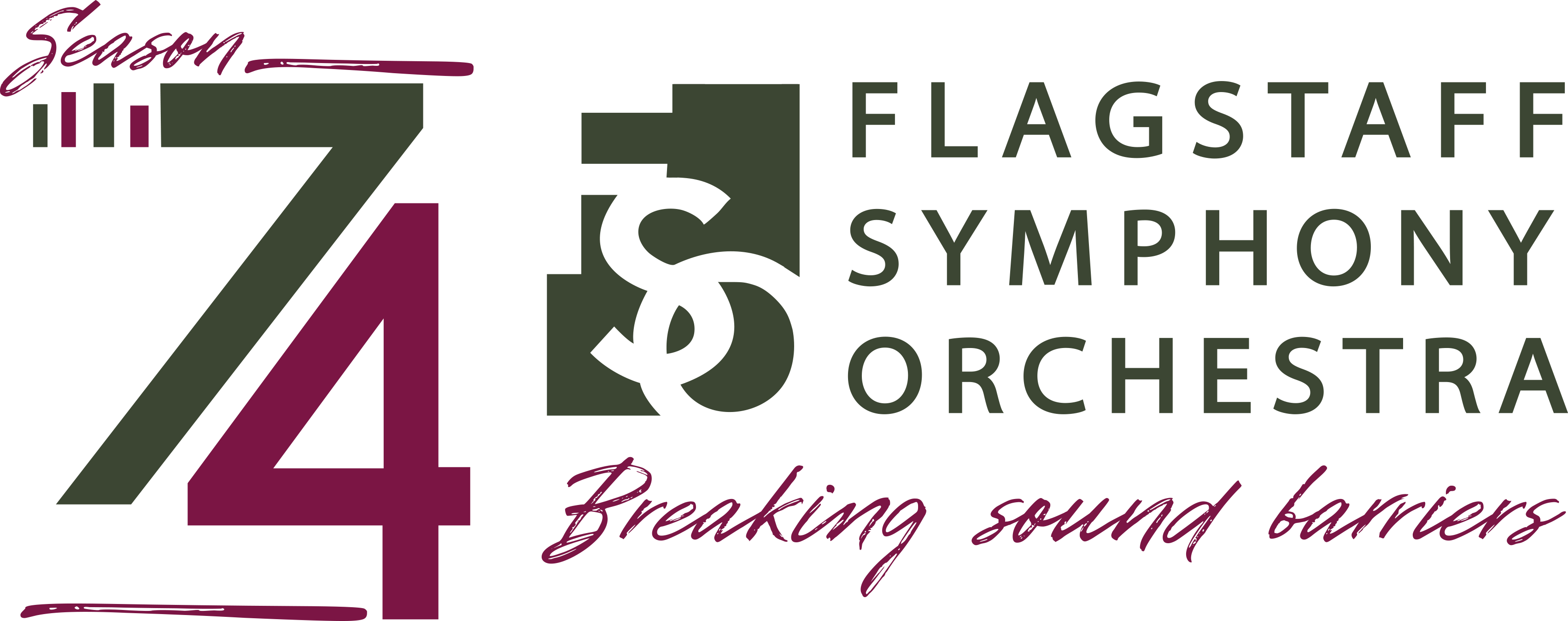The Flagstaff Symphony Orchestra is proud to present Earth Day Celebration on April 15, 2022 at 7:30pm.
Charles Latshaw, Conductor | Pre-concert talk with the conductor at 6:30pm
A unique concert with a specific focus on two related emergencies, public health and climate change. The program will feature Claude Debussy’s enchanting Impressionist work La Mer, along with international performing artist Mark Kosower performing Bloch’s powerful Hebraic Rhapsody.

Earth Day Photo Contest
To enter: 1) Follow FSO on Facebook or Instagram, and 2) Tag FSO in a photo that shows your interaction with the natural environment or commitment to conservation. Selected entries will be featured at the concert during intermission, when the audience will vote for their favorite. The winner will receive a pair of tickets to see “Serpentine Fire with the FSO” on June 19 at the Pepsi Amphitheater!
Program Notes
Program Notes
Earth Day Celebration is generously sponsored by Elizabeth Vogler and BizFit
Richard Wagner – Forest Murmurs, from “Siegfried”
Ernest Bloch – Schelomo: Hebraic Rhapsody
Mark Kosower, cello
Missy Mazzoli – Sinfonia (for Orbiting Spheres)
Claude Debussy – La Mer (The Sea)
Forest Murmurs, from “Siegfried” | Richard Wagner (1813-1883)
Richard Wagner’s colossal four-part “Ring of the Nibelung,” his operatic setting of the German/Scandinavian epic legend “The Nibelungenlied,” was composed during the years 1853 to 1874 and described by him as “a theatre festival play for three days and a preliminary evening.” The title subject of the third episode, Siegfried, was the son of two of the main characters in the preceding episode. His mother had died giving him birth, and the boy, now a headstrong and carefree youth, was brought up by the hunch-backed dwarf Mime, one of the Nibelung characters. Siegfried’s destiny was to capture and kill the feared dragon Fafner, who had come into possession of the sacred ring, a central image of the entire cycle. Siegfried has been entrusted with a sacred sword with which to accomplish his mission. Knowing no fear, and still inexperienced in the dangers of the real world, the young man approaches the dragon’s lair but is distracted by the beauty of the surrounding forest and by the songs of the birds. He attempts to mimic the bird songs but only attracts the attention of the dragon. An extended instrumental interlude depicts Siegfried’s idyllic moments prior to his confrontation with Fafner the dragon and the subsequent necessity for dealing with a troubled and stormy relationship with his protector Mime.
Schelomo: Hebraic Rhapsody | Ernest Bloch (1880-1959)
Born in Switzerland, Ernest Bloch received a sound musical education from notable teachers in France, Belgium, and Germany and soon found his voice as a Jewish composer. He emigrated to America early in the 20th century and became a citizen in 1924. Numerous teaching positions in New York and on the West Coast supplemented his career as a composer of works frequently inspired by Hebraic themes. Then, greatly disillusioned by the First World War, Bloch began work on a piece for solo voice and orchestra based on verses from the Book of Ecclesiastes: “Vanity of vanities, all is vanity! What profit hath man of all his labor wherein he laboreth under the sun? One generation passeth away and another generation cometh, and the earth abideth forever….and that which shall be done is that which shall be done; and there is nothing new under the sun.” The Book of Ecclesiastes has connotations that relate to Solomon, King of Israel and son of David, with his reputation as a “gatherer” of wealth and wisdom. Other more probable sources of authorship have been more certainly identified. In any case, the title of Bloch’s composition is “Schelomo”, the Hebrew translation of the name Solomon. As the result of a close friendship with a prominent cellist in Geneva, the original version for solo voice and orchestra was changed to feature the violoncello.
In program notes for this work written in 1933, Bloch said, “As will be seen, I had no descriptive intentions. I was saturated with the Biblical text and, above all, with the misery of the world, for which I have always had so much compassion.” In further commentary he stated that “the violoncello is the voice of Solomon, the rhapsodist of Ecclesiastes, proclaiming the usefulness in all things, while the orchestra represents the world surrounding him and his experiences of life; at the same time, the orchestra often seems to reflect Solomon’s inward thought while the solo instrument is giving voice to his words.” Of course, while Biblical scholarship does not in any way attribute authorship of the book to Solomon, the sentiments of the composer are still valid.
Schelomo is structurally composed of three sections, each concluding with an orchestral climax. It is cast in traditional concerto form, with contrasting solo and orchestral passages. Again, in the composer’s words, “Although rhapsodic in nature, the piece is based on a solidly conceived formal structure. In three parts-slow, fast, and slow, there are two principal themes which dominate the entire composition, the first as the main subject of part one, the second as the main subject of part two. The third part is a slow development and recapitulation of the preceding material.”
There has been extensive analysis of the compositional style and technique of Bloch, including his use of rhythmic patterns reflecting those of spoken Hebrew, melodic characteristics of Jewish liturgical song, and the “Bloch rhythm,” often described by musicologists as the “Scotch snap,” again derived from Hebrew speech patterns. In musical terms, this would be a sixteenth note followed by a dotted eighth or thirty-second-dotted eighth. Bloch himself did not hold much credence for such academic analysis and once said, “Art, for me, is an expression, an experience of life. I would add that in not one of my works have I tried to be ‘original’ or ‘modern’…my sole desire and single effort has been to remain faithful to my Vision, to the True.”
Sinfonia (for Orbiting Spheres) | Missy Mazzoli (1980- )
Missy Mazzoli is a member of the composition faculty at New York City’s Mannes College of Music and has achieved a considerable reputation as a composer of chamber, orchestral, and operatic works. A native of Pennsylvania, she holds degrees from Boston University and Yale School of Music, and has studied with many prominent contemporary composers. In 2018 she was selected as one of the first two women composers to be commissioned for an operatic work by the Metropolitan Opera. She is the founder of an electro-acoustic band, “Victoire,” which solely intended to perform her music. Also in 2018, Mazzoli was appointed to a two-year term as Composer-in-Residence with the Chicago Symphony Orchestra. A recipient of numerous honors and awards, Mazzoli was described by the New York Times as “one of the more consistently inventive and surprising composers now working in New York” and by another publication as “Brooklyn’s post-millennial Mozart”.
Mazzoli has provided program notes for her Sinfonia which she describes as “music in the shape of a solar system, a collection of rococo loops that twist around each other within a larger orbit.” The title “Sinfonia” refers not only to the Baroque era but is also an old Italian term for the hurdy-gurdy, a medieval instrument with strings and a constant drone supporting melodies played on an attached keyboard. This work is “a piece that churns and roils, that inches close to the listener only to leap away at breakneck speed, in the process transforming the ensemble into a makeshift hurdy-gurdy.” The Sinfonia was composed under commission from the Los Angeles Philharmonic Orchestra.
La Mer (The Sea) | Claude Debussy (1862-1918)
From Dawn to Noon on the Sea
The Play of the Waves
Dialogue of the Wind and the Sea
Debussy’s love of the sea derived from two sources: his father, a sailor, who told his son beguiling stories of his life on the ocean, and visual arts. The composer’s only “ocean voyages” were the three times (including one very rough crossing) when he went to England via the English Channel. Nonetheless, he wrote to his publisher, Jacques Durand, “the sea is always endless and beautiful. It is really the thing in nature which bests puts you in your place…The sea has been very good to me. She has shown me all her moods. You do not know perhaps that I was intended for the fine career of a sailor and only the chances of life led me away from it…I have an endless store of memories…Music is a free art, boundless as the elements, the wind, the sky, and the sea.” On the cover of the manuscript he placed the drawing titled Hollow of the Wave off Kanagawa by Katsushika Hokusai. For the composer, the sea was a psychological phenomenon.
In 1903, he began work on his musical triptych titled La Mer, subtitled “symphonic sketches,” the last of his large scale works. The first section is titled From Dawn to Noon on the Sea. Celli announce the dawn with a soft, rising motif. Muted trumpet and French horn enter with a lovely small theme, which returns in the last movement. Though at rest, the ocean seems unquestionably powerful. Gradually, pairs of flutes and clarinets whip up watery splashes. Celli return to sing a lush, four-part lyric tune. As the sea becomes more animated, melodic fragments appear and disappear quickly. Like the water, all the music is moving. By noontime, light streaks across the water in a climatic brass chorale as the sun travels across the heavens. Erik Satie quipped, “I like the part at quarter to eleven best.”
Debussy’s second reflection is titled The Play of the Waves. Again, the music begins quietly, but this time the sea works itself into an energetic, capricious scherzo. Waves move quickly within irregular rhythms and fast-moving passages. Winds are featured in this section, and his spectacular writing for them is one of the great hallmarks of the French school. At the close, the sea resumes a mysterious silence.
The third section is titled Dialogue of the Wind and Sea. ”A foreboding opening in lower strings promise a storm; orchestral forces become stronger and more ominous. Suddenly an exquisite melody emerges, “as if a mermaid were singing.” Oboe, English horn, and bassoon take their turns at the new tune, references are made to ideas from the first movement, and the water surges to a huge climax announced by the horns.
When La Mer premiered on October 15, 1905, it did not find great success. The score was difficult, players complained, the audience hissed, and sexual scandal was in the air. Debussy unwisely appeared with the wife of a Parisian banker who was not only the mistress of Fauré, but was carrying Debussy’s daughter (born two weeks later). Neither she nor Debussy had bothered to obtain divorces, and social criticism was running high. Parisians were itching to punish. Debussy’s music was a secondary matter. Pierre Lalo, reviewer for Le Temps, trashed the work, commenting, “I neither hear nor see nor feel the sea.” Two weeks later, La Mer appeared in London to an enthusiastic response and, as years have passed, the scandal incident abated, La Mer and its evocation of the sea triumphed, still leaving us spellbound. Notes by Marianne Williams Tobias
Program Notes Written by Charles M. Spining, except where notated.
Soloist Mark Kosower
 This program will feature Claude Debussy’s enchanting Impressionist work La Mer, along with international performing artist Mark Kosower performing Bloch’s powerful Hebraic Rhapsody.
This program will feature Claude Debussy’s enchanting Impressionist work La Mer, along with international performing artist Mark Kosower performing Bloch’s powerful Hebraic Rhapsody.
A modern player with a “signature sound” and distinctive style of playing, cellist Mark Kosower embodies the concept of the complete musician performing as concerto soloist with symphony orchestras, in solo recitals, and as a much admired and sought-after chamber musician. He is Principal Cello of The Cleveland Orchestra and a scholar and teacher of cello. Mark’s performance repertoire and discography are testaments to a deep devotion, not only to frequently heard repertoire such as Tchaikovsky’s Rococo Variations and concertos of Haydn, Walton, Elgar and Dvořák but, significantly, to less well-known concertos of Alberto Ginastera, Miklos Rozsa, Frederich Gulda and Victor Herbert. Mr. Kosower has recorded for the Ambitus, Delos, Naxos International and VAI labels, including as the first cellist to record the complete music for solo cello of Alberto Ginastera (Naxos). He was described as a “powerful advocate of Ginastera’s art” by MusicWeb International, and Strings Magazine noted of his Hungarian music album (also with Naxos) that “the music allows Kosower to showcase his stunning virtuosity, passionate intensity, and elegant phrasing.”
In recent seasons Mr. Kosower has been guest soloist with the Buffalo Philharmonic, the Canton Symphony, the Columbus Symphony, Columbus Pro Musica, the Hawaii Symphony, the Dayton Philharmonic, the Indianapolis Symphony, the Naples Philharmonic, the Phoenix Symphony, and the Toledo Symphony among others in addition to twenty-two concerto appearances with The Cleveland Orchestra. He has performed as soloist with Herbert Blomstedt, Sir Andrew Davis, Christoph Eschenbach, and Franz Welser-Möst. During the 2021-22 season Mr. Kosower performs the Gulda Concerto with The Cleveland Orchestra at the Blossom Music Festival and makes appearances with the symphony orchestras of Bangor, Dayton, and Santa Fe among others. He appears in recitals with Max Levinson, chamber music with James Ehnes at the Seattle Chamber Music Society, and performs all six Bach cello suites at the Santa Fe Chamber Music Festival.
In 2017 Mark Kosower launched Bach for Humanity, an initiative that aims to bring people together though Bach’s music in presentations for diverse socioeconomic groups in churches, community organizations, educational institutions, homeless shelters, performing arts series, radio and television stations, and retirement communities. For three years Mr. Kosower performed the complete cello suites and his own transcriptions of the violin sonatas and partitas for cello to widespread acclaim in both conventional and nonconventional venues such as the Cleveland Cello Society, the Cleveland School of the Arts, Judson Manor, and the Cosgrove Center for the homeless. During the coronavirus pandemic Mark Kosower performed two livestream performances of the Bach Cello Suites from Trinity Cathedral in Cleveland to raise money for Covid-19 victims and as part of Bach for Humanity. Other activities during the pandemic have included live and recorded chamber music performances for the North Shore Chamber Music Festival’s Onstage/Offstage series and for the Seattle Chamber Music Society in addition to other recordings and numerous social media projects.
Mark Kosower has appeared internationally as soloist with the Rotterdam Philharmonic, the Orchestre de Paris, the Hong Kong Philharmonic, the China National Symphony Orchestra in Beijing, the National Symphony Orchestra of Taiwan, the Brazilian Symphony Orchestra, and the Venezuelan Symphony Orchestra among others. In the United States he has appeared with the symphony orchestras of Detroit, Florida, Grand Rapids, Houston, Milwaukee, Minnesota, North Carolina, Oregon, Seattle, Virginia, the Ravinia Festival and St. Paul chamber orchestras, and has given recitals at the Kennedy Center, the Philadelphia Chamber Music Society, the National Gallery of Art, and on the Great Performer’s Series at Lincoln Center. Mark Kosower is a frequent guest at international chamber music festivals including the Santa Fe, North Shore, and Colorado College of Music chamber music festivals and has appeared at the Aspen, Eastern, and Pacific Music (of Japan) festivals among many others. His chamber music appearances have included performances with Yefim Bronfman, James Ehnes, Leon Fleisher, Vadim Gluzman, Robert Mann, Janos Starker, Schmuel Ashkenasi, and the Juilliard String Quartet.
Formerly Solo Cellist of the Bamberg Symphony in Germany, Mr. Kosower teaches a series of master classes at Hidden Valley Music Seminars in Carmel Valley each summer and is on the faculty at Carnegie Hall’s NYO-USA program and the Colorado College of Music Summer Music Festival. He has also worked with students in lessons and master classes around the world including the New World Symphony fellows, the Shanghai Orchestra Academy, and the Baccareli Institute of São Paulo and has been on the faculties at the Cleveland Institute of Music and the San Francisco Conservatory.
Credits
Conductor & Musical Director – Charles Latshaw
Executive Producer – Stephanie Stallings, Flagstaff Symphony Orchestra
Graphics – Heather Brown, Cultural Sponge



